Nova IVF Fertility helps a couple with Endometriosis and Adenomyosis become parents
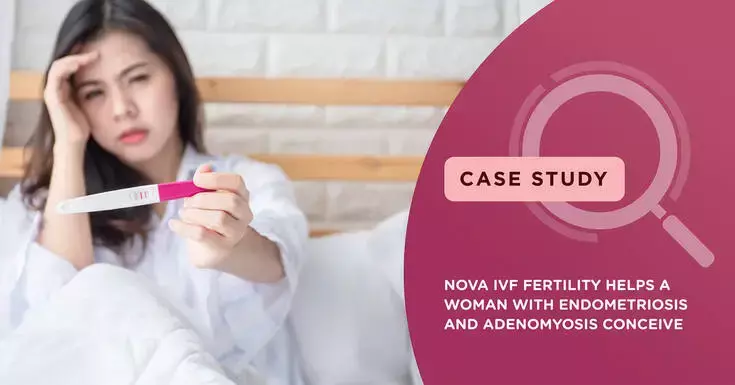
A 39 year old woman and her 44 year old husband, keen to start a family came in for a consult at Nova IVF Fertility in Bangalore.
The woman had a medical history of endometriosis and adenomyosis. She had also undergone 1 failed IVF cycle before visiting the Nova centre.
Endometriosis – types, signs and symptoms
Endometriosis is a condition where the inner lining of the uterus, the endometrium tissue, grows outside the uterus. Women with endometriosis suffer with severe pain and are likely to have difficulty conceiving.
Symptoms of endometriosis include excessive menstrual cramps, heavy and abnormal menstrual flow and pain in back and vagina during intercourse. Painful urination and painful bowel movements during menstrual periods could also be possible symptoms. For a definite diagnosis of endometriosis usually a hysteroscopy is carried out.
At the time of the menstrual cycle, this endometrial tissue builds up and gets shed if she does not become pregnant. The endometrial tissue, wherever they are, continue to go through the monthly menstrual cycle. Every month, the misplaced tissue responds to the menstrual cycle-related hormonal changes by building up and breaking down, resulting in bleeding inside the pelvis leading to inflammation, swelling and scarring of healthy tissue surrounding the endometriosis implants.
Causes of endometriosis remain unclear with some theories suggesting few of the menstrual tissue backs up via the fallopian tubes into the abdomen, in reverse menstruation. Endometrial tissue may move and implant via blood or lymphatic channels like the cancer cells travel. There is also a theory suggesting other cells may transform into endometrial cells. Sometimes, endometriosis may result due to direct transplantation in the abdominal wall after a caesarean section. While some people are genetically predisposed to the disease.
Endometriosis and its impact on fertility
Endometriosis is one of the major causes of female infertility found in nearly 25 to 50% of women with infertility condition. In moderate cases, infertility may be temporary, and surgery to remove cysts, adhesions, and scar tissue can resolve it.
It is not clear how endometriosis affects fertility. A possible explanation is that the scar tissue from endometriosis impairs the release of the egg from the ovary and subsequent pickup by the fallopian tube. Other reasons include changes in the pelvic environment that results in impaired implantation of the fertilised egg. Based on the location, amount, depth and size of the endometrial tissue, endometriosis gets classified as minimal, mild, moderate and severe. However, the stage of the endometriosis does not necessarily reflect the pain experienced or the risk of infertility or other symptoms.
For those that have endometriosis, the tissue may block the egg from travelling to the uterus and meeting the sperm to form an embryo. Endometriosis may also affect fertility indirectly by causing damage to the egg cell and in some instances, causing miscarriages.
The scar tissue or the lesions release compounds that can damage or destroy a woman’s eggs or a man’s sperm, and this causes infertility. Also, for those that can conceive, the scar lesions emit high levels of prostaglandin, the hormone which causes the uterus to contract. This puts one at risk of miscarriage and /or premature labour. Hence, doctors advise endometriosis patients to try and get pregnant while relatively young as the condition could worsen with age.
Adenomyosis and its impact on fertility?
Adenomyosis is a condition where the endometrial lining of the uterus protrudes into the muscles of the uterus at a few places. This displaced endometrial tissue continues to behave normally – thickening, breaking and bleeding – through every menstrual cycle. As a result, an enlarged uterus, longer-than-usual and painful periods, and pain during sexual intercourse, is experienced.
Though the cause adenomyosis is not yet understood well, it is related to an elevated amount of estrogen. Adenomyosis usually disappears after menopause, about 12 weeks after the woman’s last menstrual period.
Mostly anti-inflammatory drugs like ibuprofen or hormonal therapies, like oral contraceptive pills, progestin IUD’s, or injection (Depo-Provera), are used to manage symptoms.
Pre-Pregnancy Tests at Nova IVF Fertility
The pre-pregnancy tests carried out revealed that the AMH levels of the woman were very low, indicating a low ovarian reserve and a potentially poor response to IVF. So the use of an egg donor was advised.
Age impacts the ability to conceive and have a healthy baby. While age is the most significant factor affecting a woman’s fertility, for men, age-related fertility decline happens a little later.
Impact of a woman’s age on fertility
Women are born with all the eggs for her lifetime. As the eggs age with her, they keep decreasing in quality and quantity.
In her early 20s, the woman is at the peak of her fertility, but her fertility decreases with age. Till mid 30’s, the decline is gradual, but after 35, there is a very high rate of decline infertility.
Hence couples are advised for an early child, generally the first before 30 and the second, not later than 35 and complete all childbearing before the 40s.
While IVF treatment cannot overcome age-related infertility, it does make it easier and with a higher likelihood of conceiving at an advanced age. Age of the patient also affects the chance of success of IVF.
Pregnancy complications also increase with age. The risk of miscarriage and chromosomal abnormalities in the foetus rise significantly post 35. The likelihood of complications such as gestational diabetes, placenta previa, caesarean section, and stillbirth, increases amongst older women.
Impact of a man’s age on fertility
The age of men also affects the chance of conception as well as the quality of such embryo. Male fertility and sperm quality and quantity generally start declining around 40–45 years of age. Increase in the male age reduces chances of pregnancy, and it takes more menstrual cycles to conceive, and the risk of miscarriage and foetal death is high. Offspring of older fathers also have a higher risk of mental health issues.
Treatment offered
The patient was put on 3 months of suppressive medication to manage endometriosis and adenomyosis. The frozen donor eggs were thawed and her IVF treatment commenced once her endometriosis and adenomyosis was under control.
The husband’s fresh sperm was used to fertilise the thawed frozen eggs. The embryo transfer was done and the patient successfully conceived in the 1st attempt.
 Infertility Counselling
Infertility Counselling Female Infertility Treatment
Female Infertility Treatment Andrology Treatment
Andrology Treatment Fertility Enhancing Surgeries - Female
Fertility Enhancing Surgeries - Female Fertility Enhancing Surgeries - Male
Fertility Enhancing Surgeries - Male Endoscopy Treatment
Endoscopy Treatment IUI Treatment
IUI Treatment IVF Treatment
IVF Treatment ICSI Treatment
ICSI Treatment Advanced IVF Solutions
Advanced IVF Solutions Embryology
Embryology Vitrification Egg, Embryo, Sperm Freezing
Vitrification Egg, Embryo, Sperm Freezing Preimplantation Genetic Testing (PGT)
Preimplantation Genetic Testing (PGT) Donation Program Embryo / Egg / Sperm
Donation Program Embryo / Egg / Sperm Self-cycleTM IVF
Self-cycleTM IVF

 Self-cycleTM IVF
Self-cycleTM IVF


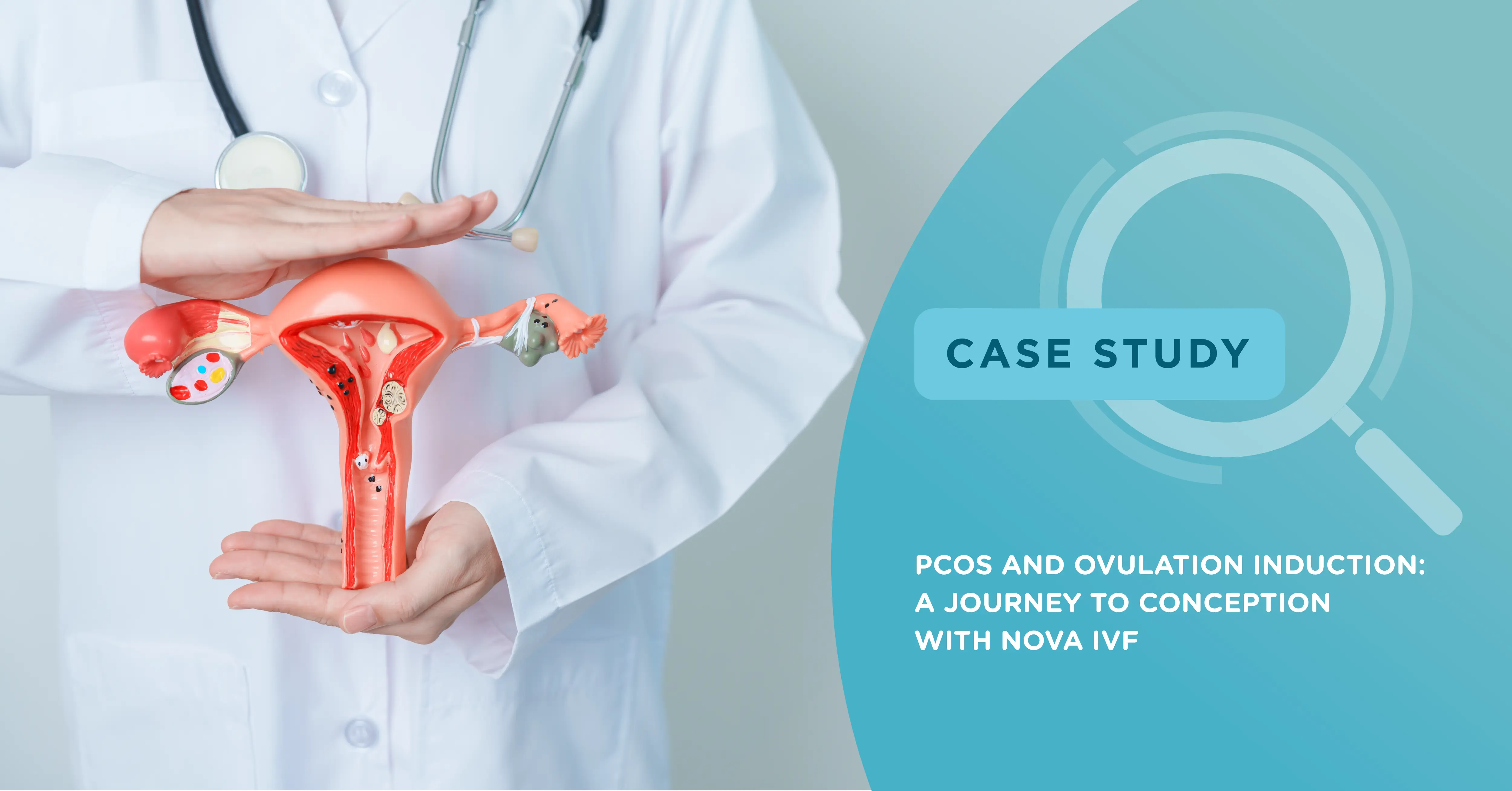
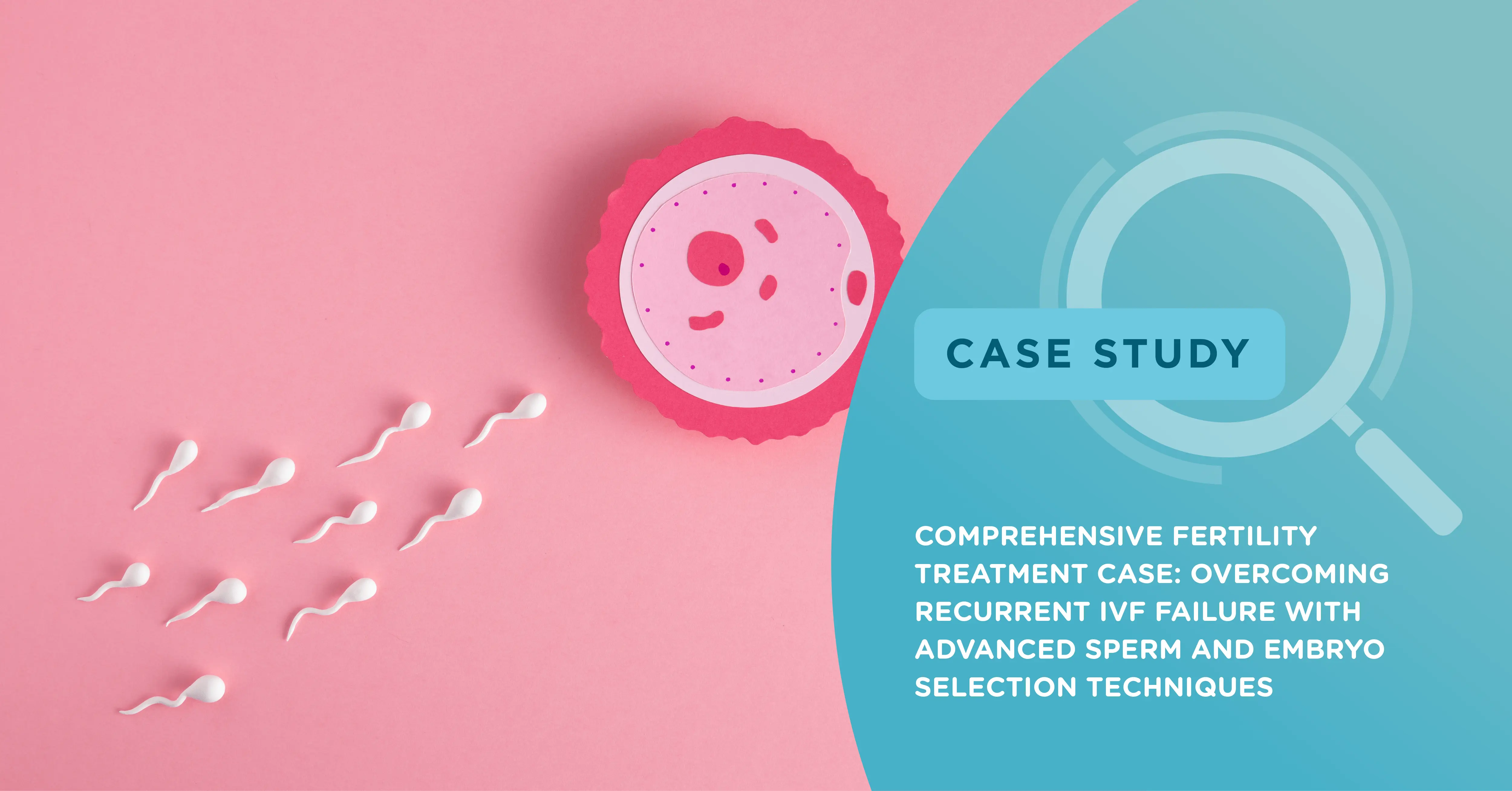
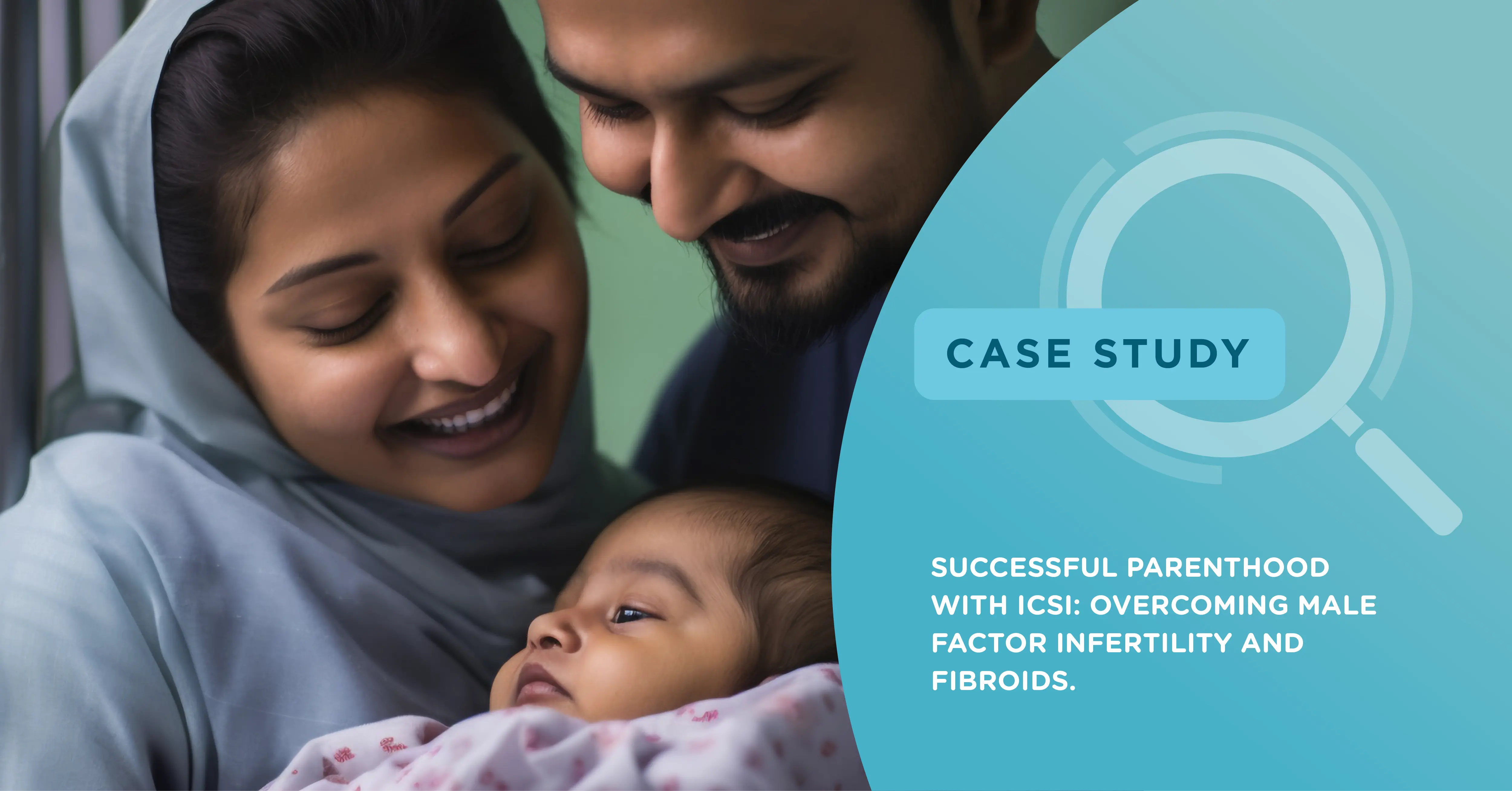
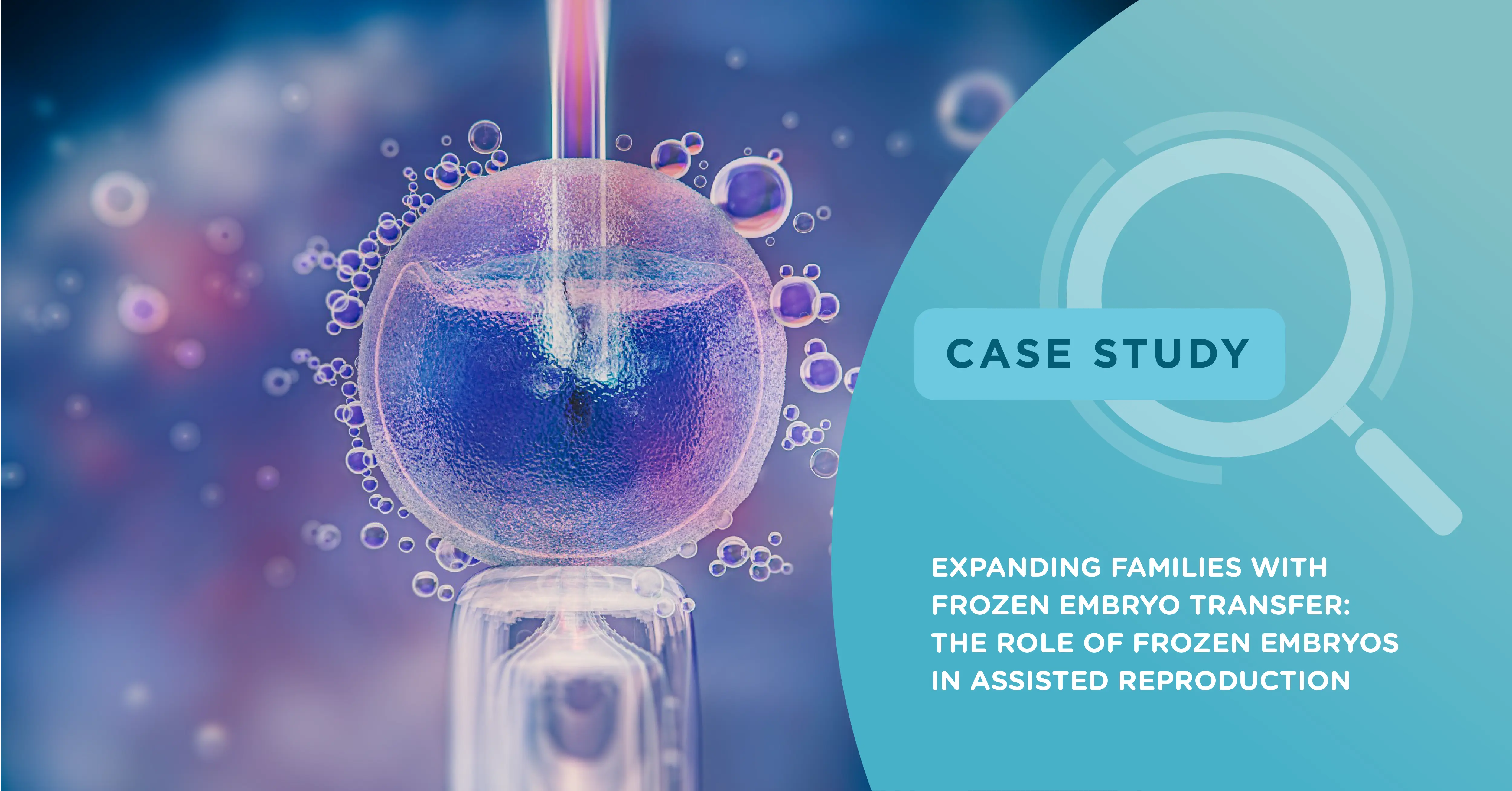

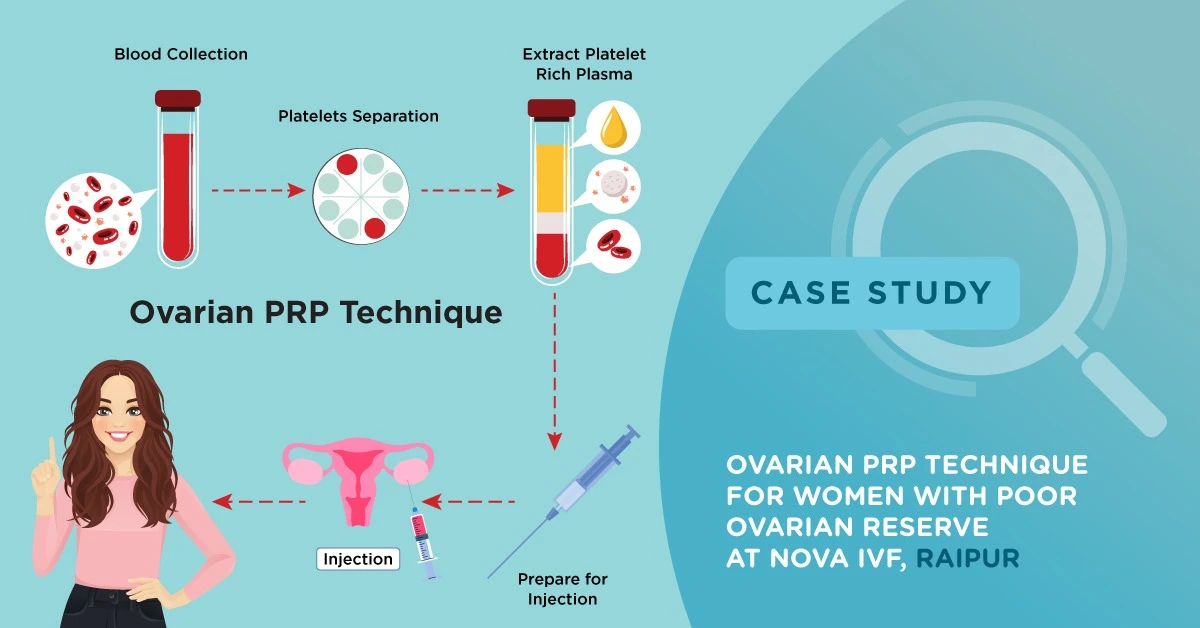
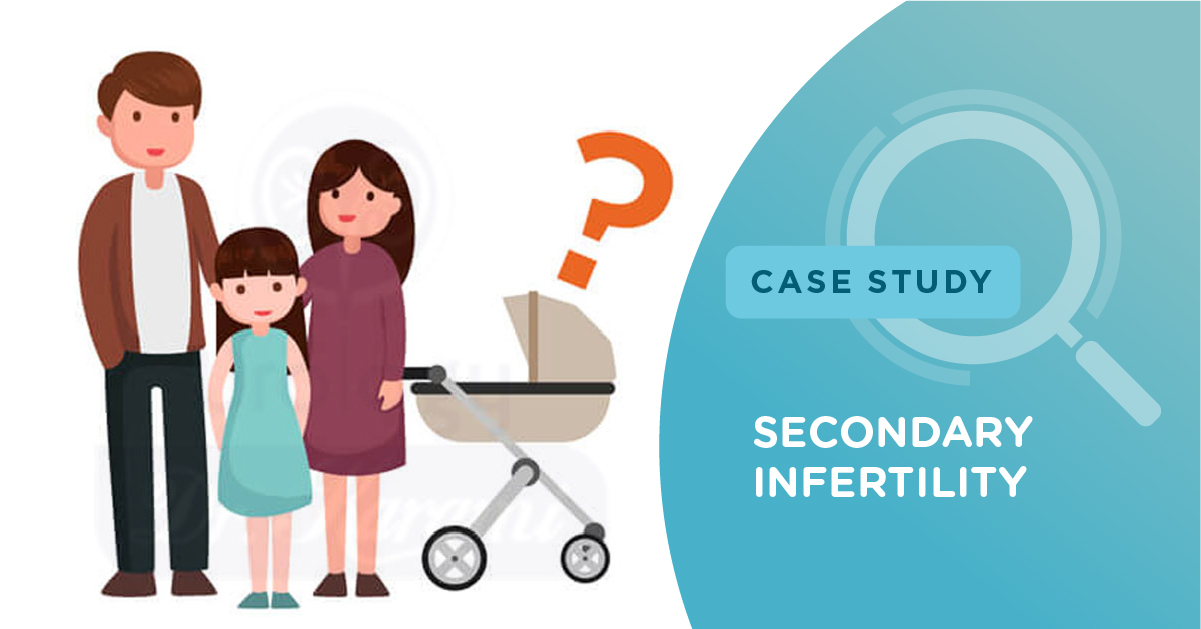







Add new comment